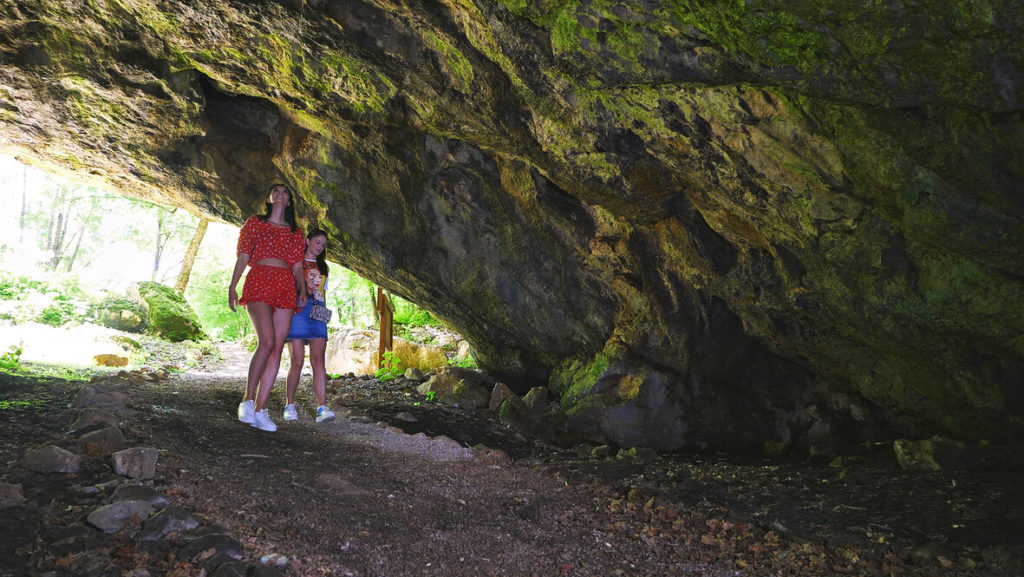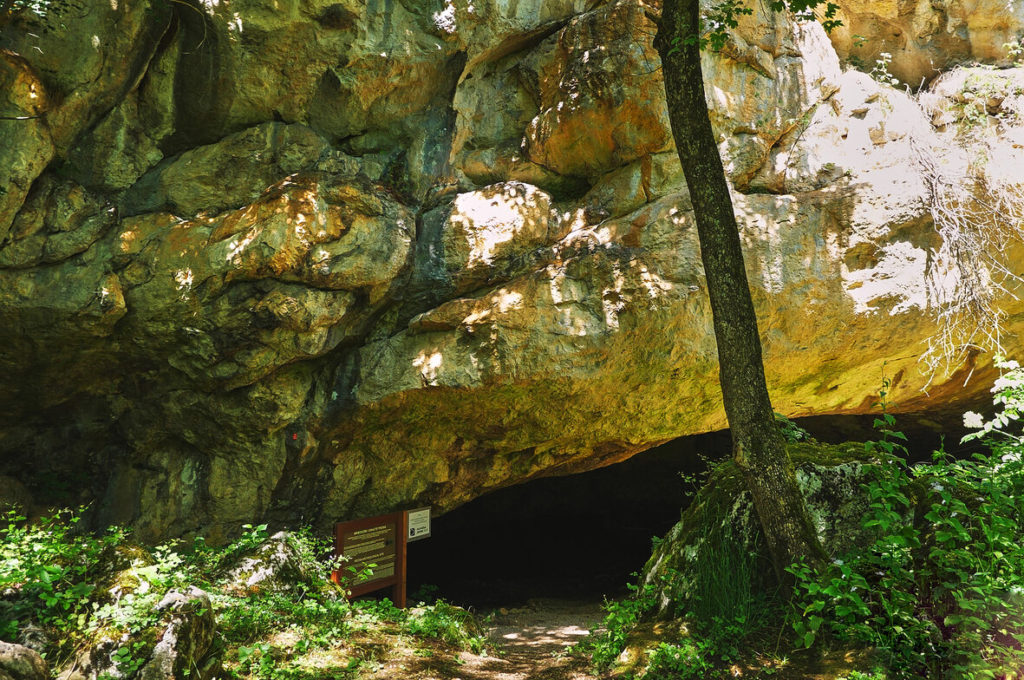In a historical and cultural sense, the region of Gacka is most famous for the Iapodic culture. It was a grand, impressive, rich culture that lasted over a thousand years in continuity. It is considered that it spanned the period from 11th century BC and that it continued to function during the Roman rule, in parallel with the culture of the Roman conquerors, until a century or so AD.

Even though the Iapodic culture, which is increasingly being divided from the Illyrian culture by modern science, and which considers the Iapods as a separate entity and ethnicity, belongs to prehistory, something must have existed earlier. Because it is not expected that such a culture originates by itself, out of thin air. That period before, which is also prehistoric because there are no written clues, preceded the Bronze Age and was part of the Neolithic period of the Stone Age. Between the earlier and later Stone Age, there was a transitional period, the so-called Mesolithic.
In the area of the Gacka region today, the Mesolithic spanned the period from around 10.000 BC to 6.500 BC. It was a time when a man was still a wild animal hunter.
But what is the evidence that this is correct in the Gacka region? Pećina. This is not a generic name for every cavernous area, but rather the name of the cave near the spring Pećina in Lešće, therefore, near the source of Kostelka, the tributary of the river Gacka. Besides, that part of Lešće bears the same name.

The Lešće Pećina (Cave) is truly impressive, the aperture is large, and its floor gently slopes into the depths. Certain archaeological excavations have documented traces of carbonized wild animal bones (hunter) from the Mesolithic period and the bones have visible traces of tools, but allegedly, traces of the culture from the later, Iapodic period have also been found. That is Pećina’s testimony of its use in a very large time period, some of it in continuity, some of it with interruptions.
For visitors, this archaeological site is basically in the palm of their hands. One only needs to gently ascend some hundred meters from the spring Pećina, i.e., the Croatian Centre for Indigenous Species of Fish and Crayfish in Karstic Waters and descend to the other side to the cave, use his/her imagination and try and return a few thousand years in the past to feel the scents of the past.
There is a rock shelter, forest, water and you will enjoy entire prehistoric comfort. Hence, Pećina (Cave) is a first-rate tourist site!
Author: tz-otocac.hr




